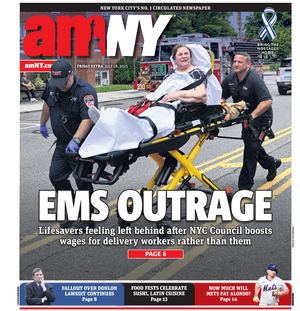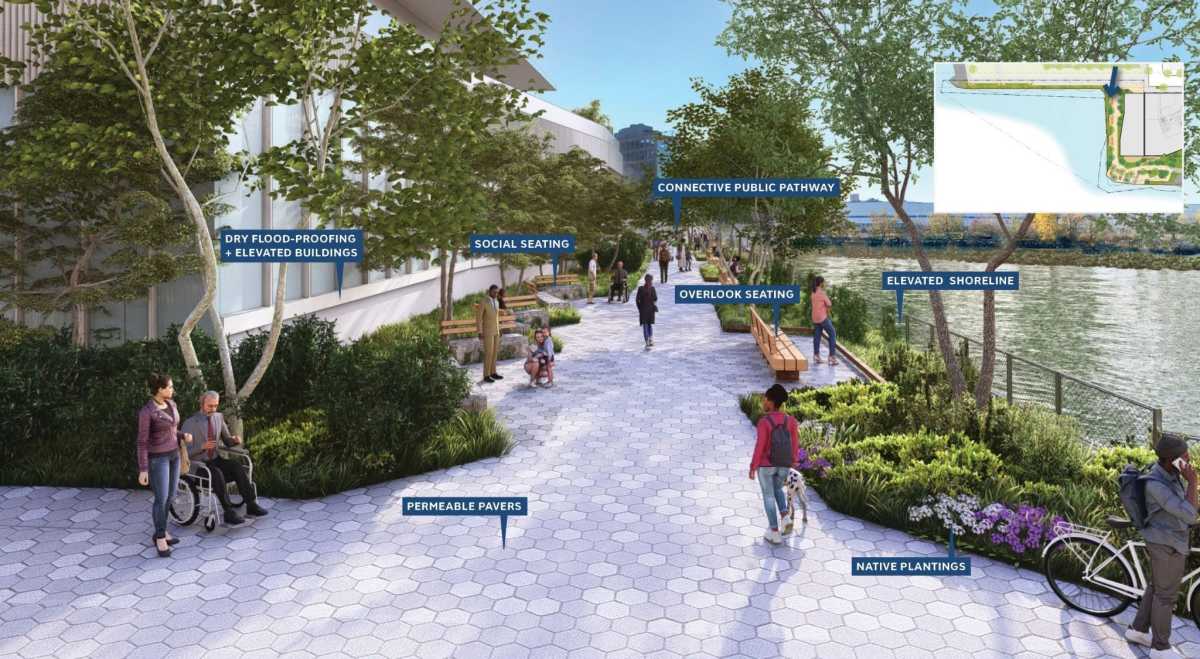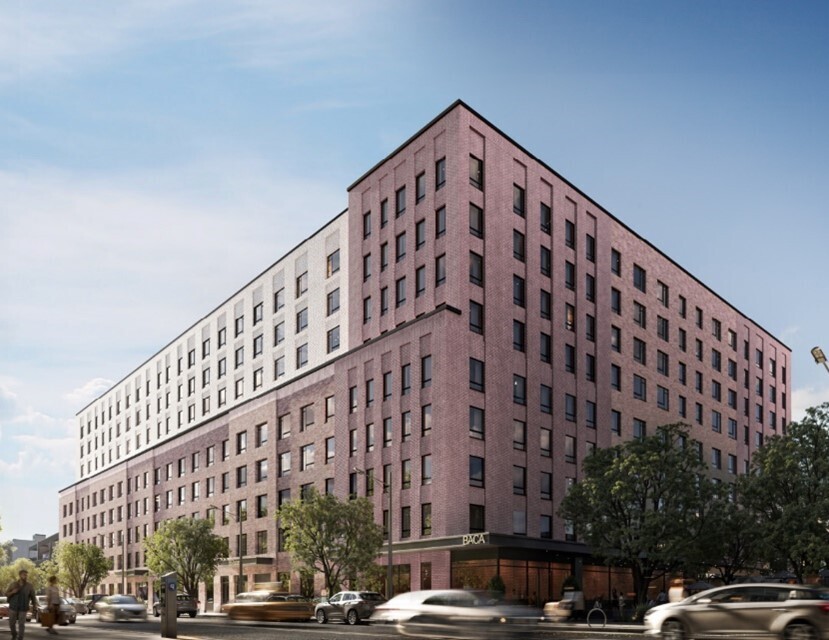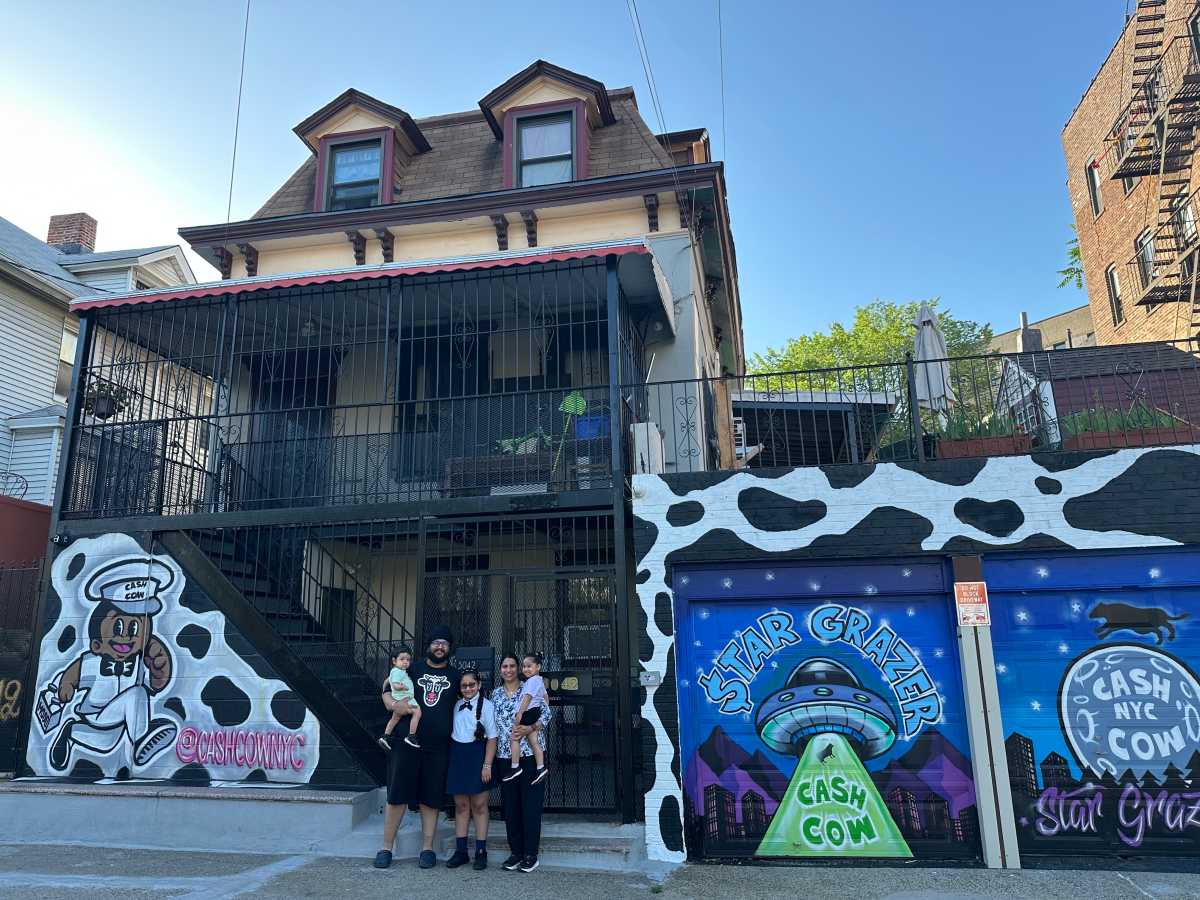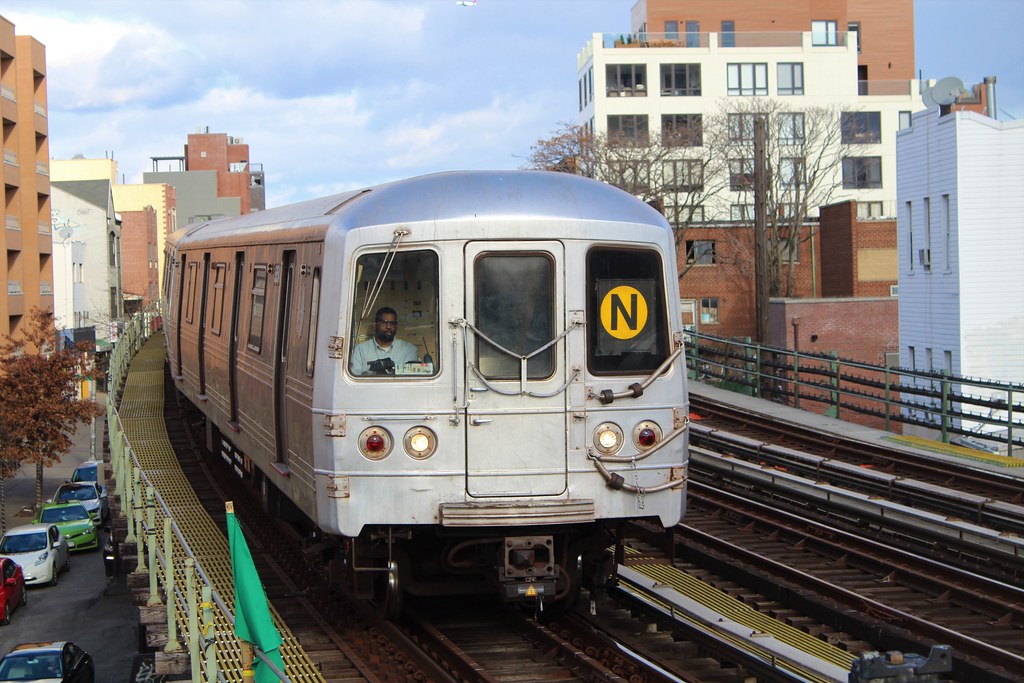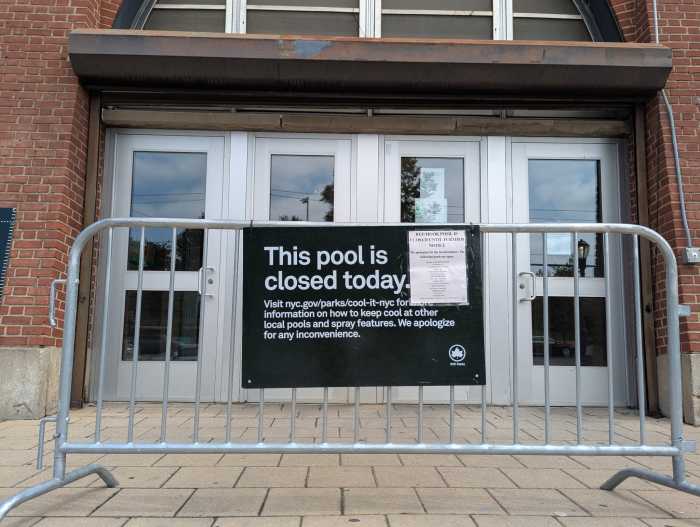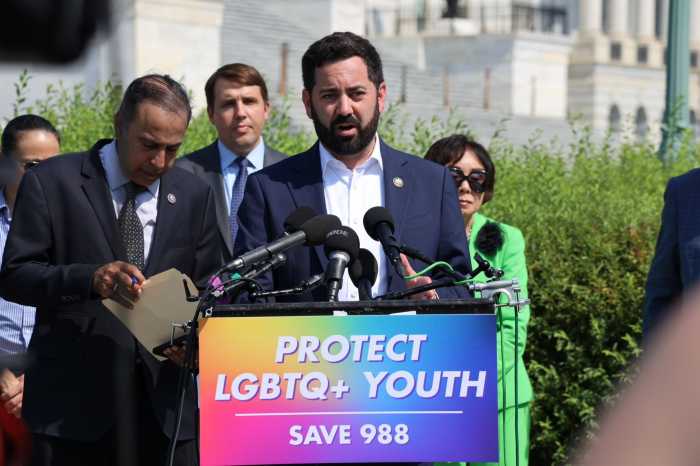For more than two decades, ‘Housing First’ has stood out as an effective and rigorously evaluated approach to combating homelessness. This evidence-based, human-centered approach operates on the simple and intuitive premise that a home is more than just an end goal for people experiencing homelessness, it is a critical tool in the journey to stability. ‘Housing First,’ historically embraced by federal policymakers, does two things traditional programs rarely manage: it saves money and lives by prioritizing immediate connections to housing and then focusing on administering social supports.
People experiencing homelessness often face an array of challenges, including mental illness and substance use disorders, which are only exacerbated by the lack of stability and absence of resources associated with unsheltered living. Providing these individuals with safe, stable housing affords them the opportunity to shift their attention from merely surviving each day to improving their lives through meaningful engagement in treatment and social services.
The efficacy of ‘Housing First’ is bolstered by mountains of evidence, which heavily contributed to the widespread bipartisan support the model received across both Democratic and Republican administrations. We know it works; a 2022 research study by the Federal Reserve Bank of Kansas City found that ‘Housing First’ assistance reduces homelessness and crime and increases employment and income among participants, ultimately leading to direct savings that can offset program costs in just 18 months. And, ‘Housing First’ policies were the driving force behind the stark decrease in overall levels of veterans’ homelessness which fell 50 percent between 2010 and 2023.
For this and many other reasons, New York City prefers to take a ‘Housing First’ approach when addressing the needs of vulnerable populations rather than relying on the alternative: ‘Treatment First’ programs, which are often onerous, rigid, and ineffective at assisting those most in need. ‘Treatment First’ programs mandate enrollment in services and typically include ‘housing readiness’ requirements, which compel clients to meet certain criteria, such as sobriety and a consistent source of income before being connected to housing or even shelter.
Of course, addiction services and mental health treatment are vital aspects of any comprehensive response to homelessness – and to be clear, are part of ‘Housing First’ models – but coupling these services with threats of punitive actions, such as incarceration, rather than housing, risks further alienating vulnerable individuals who need these services but may be averse to engaging with service providers.
In New York City, we have worked diligently to serve this population not by limiting access to services but by removing barriers to care. Access to shelter is never predicated on sobriety or engagement with services and we continue to invest in facilities with wrap-around services intentionally designed to serve unsheltered New Yorkers and help them quickly transition to permanent housing.
Effective treatment, however, requires robust investments, which is why funding for life-saving resources like Substance Abuse and Mental Health Services Administration grants and health coverage for low-income Americans should be bolstered, not slashed. But housing too is healthcare, so in order to keep more of our most vulnerable neighbors healthy and safe, it is imperative that federal agencies like HUD receive the funding necessary to expand investments in effective housing assistance like supportive housing.
Without adequate treatment options, and housing dependent on treatment, more people in crisis will find themselves on America’s streets. No one would benefit from such a situation. It’s a public safety concern, it’s unfair to our communities, it’s costlier in the long run, and will prevent us from supporting the neediest among us.
Helping people access and maintain housing is the key to ending homelessness; it’s why we’ve invested heavily in city-funded rental assistance, expanded proven solutions like supportive housing, made major investments in mental health and new ways to create affordable homes for those most in need. These efforts have helped us move a record number of individuals, nearly 34,000 in 2024, from shelter into permanent housing.
The fight against homelessness happens primarily at the local level, so New York City will keep investing in what works, but the threat of federal cuts and the rejection of evidence-based solutions, creates new challenges for localities across the nation, putting more Americans at risk of unsheltered homelessness.
Park is the commissioner of the New York City Department of Social Services.
